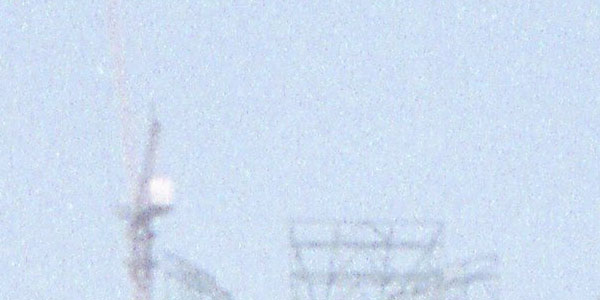EVER wanted a perfect, distortion free, 10mm lens with a camera that delivers 70MP images? Well, if you’ve got a half-decent DSLR and a reasonable standard or short telephoto lens, then you have all you need to replicate the results you would get from a system like that.
Here’s one example of what the result might look like (though I had to downsample this to about 25MP in order for the file to be small enough to be accepted on Fine Art America – hardly anywhere will accept 70MP files since they are way too big for almost any practical use)

My Doha, Qatar, panoramic photos are available for commercial use on Alamy, here: http://tinyurl.com/apjvhol
The trick to making huge panoramas is very simple. All you have to do is put your camera on manual settings (including manual focus), set the aperture and shutter speed to get a correct exposure and then, standing in one place quickly take a series of overlapping photos. For best results, have your camera mounted on a tripod.
Once the pictures are on your computer just open them in Photoshop and use the File>Automate>Photomerge command to stitch them together. Or, better still, download the free (yes, I said FREE) Hugin program from Sourceforge and use that. There’s a fairly sharp learning curve to Hugin (which I don’t plan to go into here – there are probably YouTube videos out there somewhere to explain it) but the results it gives are far superior to Photoshop CS4, which is the most recent version of PS that I have.
I find that a short telephoto lens is best for stitched panoramas. The immediate foreground is the part that is likely to cause most problems in stitching because, being closest to the camera, it suffers most from parallax effects. A telephoto cuts off the foreground and encourages you to stand further back from your subject.
Take your pictures in quick succession – as quickly as you can. Movement in the scene is the enemy of stitching, especially movement in the foreground, so don’t give waves or boats or people time to move very far. And it is vital not to change the exposure or focus during the shots (which a camera set on auto will do).
After stitching, check closely for poor blending – lines down the sky, for example, where two shots have been lined up – or for blurring where something that moved has been blended together in an awkward way. It seems that Photoshop minimizes the area that it blends, which can lead to lines in the sky, for example, whereas Hugin does skies much better by blending over a wide area but may do odd things to moving objects like flags because of the wide blending (whereas PS seems to choose one image or another and just use the flag from that). At least, that is the impression I have got from using both programs.
Sometimes, straight lines – such as corners of buildings – may not line up correctly, particularly if you were close to it – leading to obvious flaws in the final image with a wall ending in mid-air. It may be possible to overcome that by using different stitching projections – fisheye, or rectangular, or barrel, PS has a few to choose from, Hugin has a pile of them. Unfortunately, sometimes stitching just won’t work perfectly (but if you do have a 30 pixel stitching flaw visible on a 100MP image, that will only be half a dozen pixels out by the time it is reduced to 20MP, which may not matter).
Overall, however, a stitched panorama made with ten shots from a cheap, short telephoto lens will be of a far higher quality than one made with the finest Zeiss Distagon that costs thousands. Why? Simply because all the lens flaws are diminished in the stitching process.
If you have 30% overlap on 10 images, you end up with a stitched image that is about five times wider than a single shot taken with a superb wide angle lens. Say your cheap lens resolves 30 line-pairs per MM and the Zeiss resolves 80 lp/mm (which is about all any digital sensor can manage, anyway), by the time you shrink your stitched panorama to the width of the Zeiss shot, the resolution becomes equivalent to about 150 lp/mm.
In other words, the huge size of the stitched image more than compensates for the inferior quality of the lens. This is precisely the way large format photography works: The lenses are not as sharp as the best 35mm camera lenses, but the huge negatives overcome that.
Lens edge distortion is also overcome with stitching. Wide angle lens designers have to struggle with all the problems that come from bending the light rays to fit onto the sensor. Soft edges and (especially) blurry corners have always been a problem with such lenses. But with stitching, you just point your camera straight on at the bit that will be on the edge of the frame, so distortion is not an issue (it may be a good idea to shoot a frame or two more than you want to give the stitching program more to work with on the sides).
So that’s it: “Photomerge” stitching is not a poor-quality alternative to having an expensive lens. Quite the opposite, it is a way of overcoming the quality problems inherent in all wide-angle lenses and producing higher-quality images. It’s a technique that should appeal particularly to digital landscape photographers, whose subjects are extensive and static. Of course, stitching works to make images with ordinary aspect ratios as well as wide strips. All you have to do is shoot the scene in several layers.






